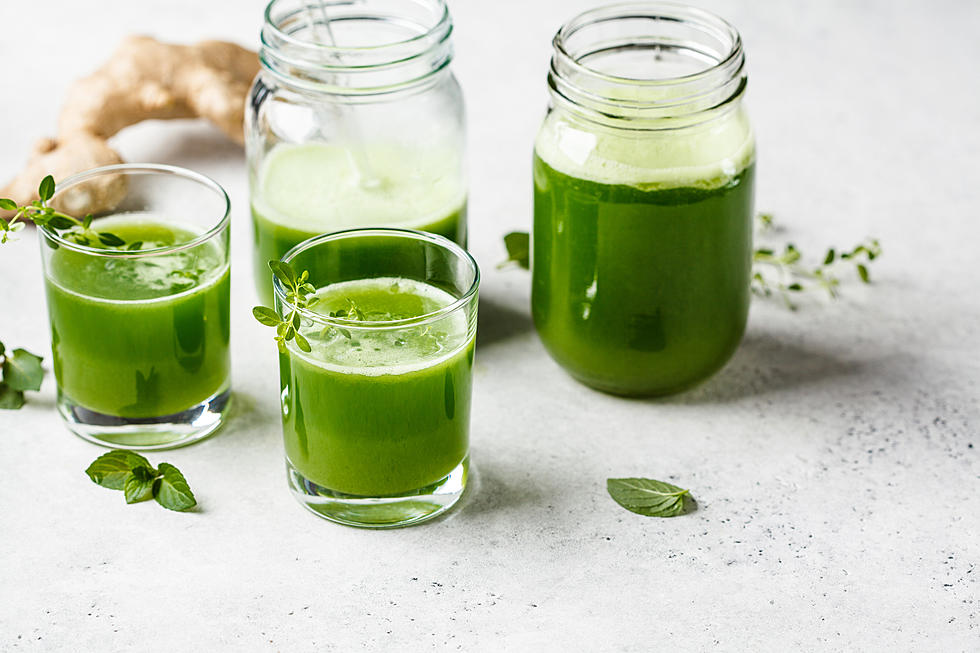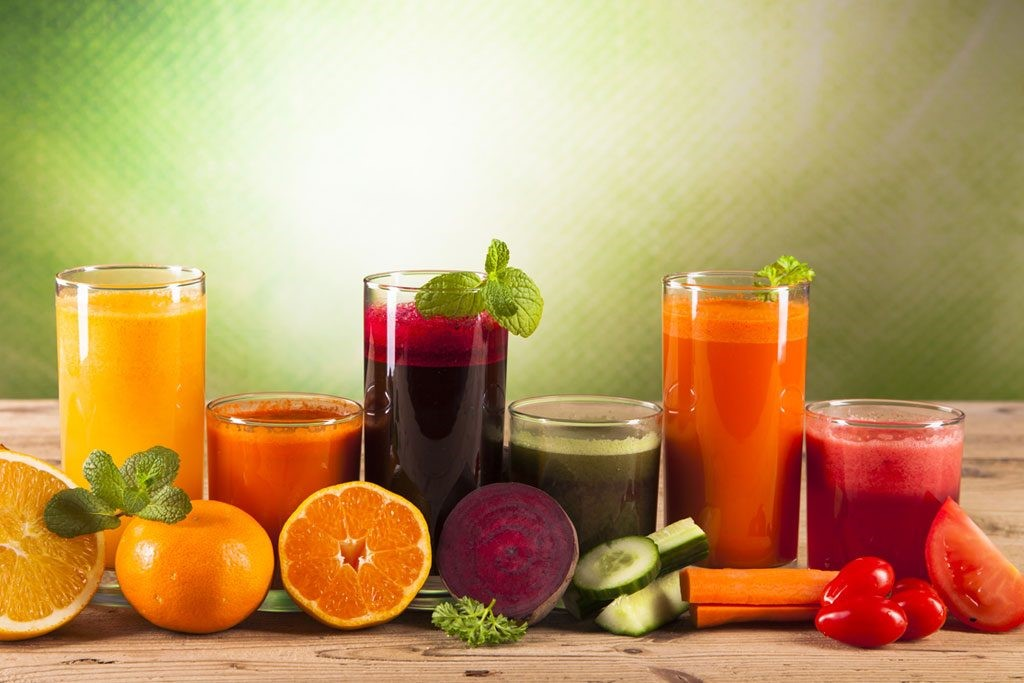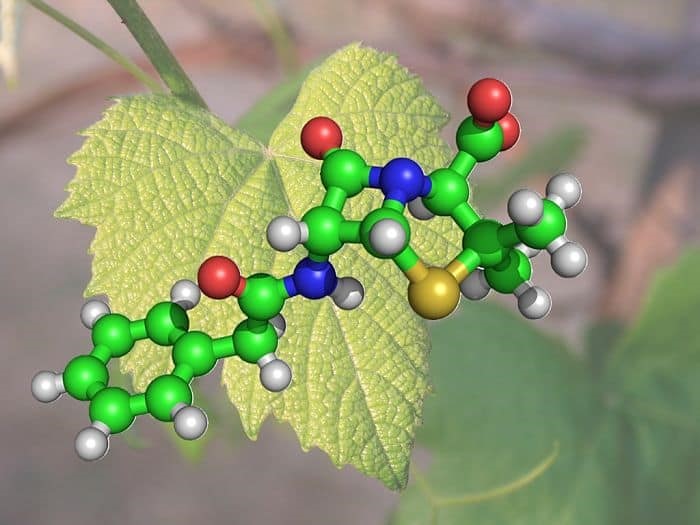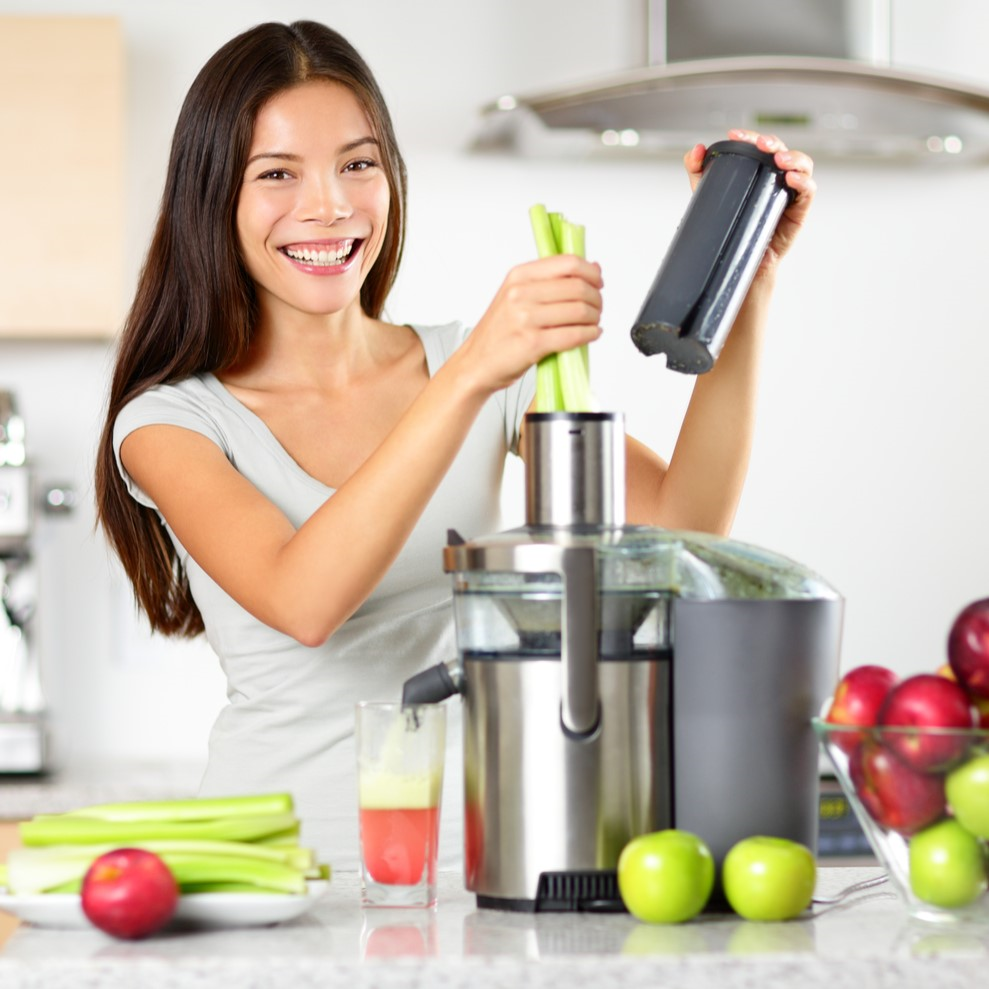Smart Juicing for Energy and Weight Loss

More people are discovering the joy of juicing for energy and weight loss.
As a Holistic Doctor, I work with a lot of people who just want to feel good again. They want the physical energy and mental focus they had ten or twenty years ago. This often takes a total health reset. One of the smartest ways to start your health reset and feel good again is a solid nutrition program. Juicing can be a yummy and exciting part of such a program.
Juicing fills your body with healthy vitamins and nutrients. When done right, it can boost your physical energy level and your mental focus. When your brain and body are well-nourished, they reward you with more energy!
If you need a quick pick me up, you’ll want to consider using your juicing as a part of, or a follow up to, your detox, which we’ll talk about later in this article. First, I want to show you what the scientific research says about juicing for energy and weight loss.
Juicing is great…but is there a best way to go about it?
With all the competing products, methods, and juicing diets, you might think marketers are just telling you that their way is best because they want your business.
Thankfully, a research team at Texas A&M University College of Agriculture and Life Sciences has decided to look into this and have recently released findings on simple vegetable juicing techniques.

The study compared the levels of healthy antioxidants and bioactives found in vegetable juices produced by high-speed centrifugal juicing, low-speed juicing, and blending. The study leader, Bhimu Patil, Ph.D., a Texas A&M AgriLife Research scientist and director of Texas A&M’s Vegetable and Fruit Improvement Center, or VFIC, stated that the objective of the research was to discover the best juicing method for preserving the nutritional value of the vegetables used in the study.
“Home juicing machines have become popular in recent years, but juicing can alter the levels of health-promoting bioactive compounds and antioxidants in raw vegetables by exposing the inner tissues to oxygen, light and heat, and by releasing enzymes,” said Dr. Patil, “Consumers have different types of juicers to choose from, but there is limited information on which type of juicer best retains the healthful components of the fruits and vegetables being processed.”
Three Juicing Methods Compared
While the research found no “clear winner” amongst juicing techniques, the study did reveal a best juicing technique for each of the vegetables chosen for the study. The criteria for determining the winner was based on how well each method preserved the positive nutritional compounds of each vegetable. Three juicing methods were tested and compared in the study…
Juicing Method #1: Blending
Blending uses fast, spinning blades to quickly crush vegetables. The result is a high-fiber thick juice. Blending also produces some heat during the vegetables juicing process.
Juicing Method #2: High-Speed Centrifugal
Centrifugal juicers have a speed selection knob and quickly pulverize vegetables while separating the pulp and fiber for a thin product. Centrifugal juicing can extract varying quantities of juice ranging from a single glass, to multiple gallons. Like blending, this method also produces some heat.
Juicing Method #3: Low Speed Extraction
Low-speed juice extraction uses a slow-rotating horizontal auger to squeeze juice out of the fruit or vegetable. It removes a lot of pulp and fiber from the end product and, unlike the first two methods, produces no added heat.
19 Vegetables Tested in the Juicing Study
So, what did this study tell us about juicing for energy and weight loss? First, the study focused on nineteen varieties of vegetables, including…
- White Cauliflower.
- Yellow Cauliflower
- Green Cauliflower.
- Green Organic Kale.
- Green Kale.
- Green Organic Kale.
- Purple-White Baby Turnips.
- White Baby Turnips.
- Red Radishes.
- Red Organic Radishes.
- Green Radishes.
- White Radishes.
- Golden Beets.
- Red Organic Beets.
- Golden Organic Beets.
- Orange Baby Carrots.
- Purple Baby Carrots.
- Yellow Baby Carrots.
- White Baby Carrots.

Researchers bought these vegetables from local supermarkets and juiced them using each of the three juicing methods mentioned above. The research focused on how well each juicing method preserved the beneficial nutrients in these vegetables, and delivered them in the extracted juices.
The researchers determining this by monitering and identifying the levels of phytochemicals* in the resulting vegetable juices. They also determined the color attributes and antioxidant activities remaining in the processed juices.
*Phytochemicals: bioactive nutrient plant chemicals in fruits, vegetables, grains, and other plant foods that may provide desirable health benefits beyond basic nutrition to reduce the risk of major chronic diseases (Liu, 2004).
After the researchers bought the vegetables, juiced them, and examined the results, they came to some very interesting and practical conclusions.
So, what were the practical takeaways from this juicing study? Let’s look at another statement from the research leader, Dr. Bhimu Patil…
“We identified 85 different metabolites, including kaempherol, quercetin glycosides and amino-acid attached betaxanathins as potential markers for the differentiation of processing techniques,” said Patil. “Low-speed juicing generated the highest amounts, although exceptions were found for certain vegetables. However, likely because of their higher fiber content, blended vegetable juices had the highest amounts of α-amylase inhibitors, which could help reduce hyperglycemia after a meal.”

We learn a few important things from Dr. Patil’s statement. First, we learn that low-speed juicing method (Juicing Method #3 above) produced more diverse metabolites than the higher speedh juicing methods. However, the researchers also found that the relative abundances differed for the all three three juicing methods, based on the type of vegetable being juiced.
Second, we see that the end of Dr. Patil’s statement says the a-amylase inhibitors could help reduced hyperglycemia after a meal. What is hyperclycemia and what does this have to do with juicing for energy and weight loss?
Hyperglycemia (aka, “high blood glucose”) is a medical term for when there is too much sugar in the blood due to a lack sufficient insulin in the body. Hyperglycemia is associated with diabetes. It can also excessive hunger and thirst, vomiting, vision problems, rapid heartbeat, and a variety of other symptoms. If hyperglycemia goes untreated long enough, it can lead to severe health problems.
This is one of the practical insights from this study. Let’s talk about the rest of them…
How to Do Juicing Right
Here’s another important statement Dr. Patil made about the results of this juicing study…
“What we determined was that consumers should increase their consumption of fruits and vegetables by using blenders to produce smoothie-type beverages with high fiber contents and low-speed juicers to produce juices with high antioxidant contents,” said Dr. Patil. “High fruit and vegetable consumption can decrease the risk of chronic diseases, so we are happy that our results support diverse, tasty ways to enjoy the health-promoting properties of juicing.”
We can extract two practical suggestions from the above statement…

First, the research suggests we should use blenders to produce smoothie-type beverages with high fiber contents. Second, it suggests we should use low-speed juicers to produce juices with high antioxidant contents.
Dietary fiber is found mainly in vegetables, fruits, legumes, and whole grains and legumes. High fiber foods can help prevent constipation and lower your risk of diabetes, heart disease, and some types of cancer. More importantly, it can help you to maintain a healthy body weight.
Antioxidants are molecules that help your body fight free radicals. When free radical levels become high in your body, they can be harmful. They have been linked to illnesses like cancer, diabetes, and heart disease. Vitamins E and C two examples of antioxidants. While your body has its own antioxidant defenses, antioxidants are also found in plant-based foods like fruits and vegetables, and other plant-based, whole foods.
If you’re interested in using juicing for energy and weight loss, or just to get into better health, you’re now more well-informed about how to do it right!
I hope you’ve enjoyed this article on juicing for energy and weight loss. You’ve probably heard about how important it is to get your essential nutrients (antioxidants) from whole, natural foods. Now you’re armed with some scientific insights on how to make sure you give your body what it needs to be healthy! If you want to get more Holistic Health news updates and in depth articles like this one, click here to subscribe to my newsletter.

If you want to have more energy and feel better than you have in years, I can help. As a holistic doctor, I work to uncover the complex causes of health problems. My patients come to me for help with fatigue, headaches, chronic pain, sleep disorders, immune system problems, general anxiety, GI issues and much more.
If you’re ready for a total health reset, I’ve left three options below for you to get started today. I’m excited about helping you get on the path to better health and more joyful living. Thank you for reading my article on juicing for energy and weight loss.

About The Author
Dr. Robin Mayfield is a Holistic Doctor in Austin, Texas. She was educated at Texas A&M University and has been practicing since 1991.
Her work has been published in the Texas Journal of Chiropractic and Women’s Networking Magazine in Austin, TX, featured in New Perspectives on Women’s Health, Austin Magazine and in the published book 5 Steps to Selecting the Best Alternative Medicine: A Guide to Complementary & Integrative Health Care.
Dr. Mayfield has also been a featured speaker on local Austin Television KVUE Sunday Morning News and at Systemic Formulas Women’s Health Symposium and has been interviewed and quoted for articles published in the Canyon Courier, Evergreen, CO and Good Life National Magazine.
Three Ways to Start Your Health Reset…
*Schedule a Free Consult to find out if you are a good candidate for Natural Health Care.

